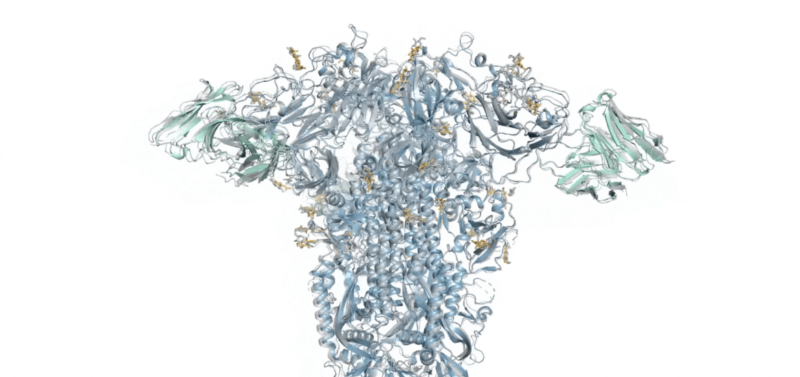DeepMind adds a diffusion engine to latest protein-folding software
Ars Technica » Scientific Method 2024-05-08

Enlarge / Prediction of the structure of a coronavirus Spike protein from a virus that causes the common cold. (credit: Google DeepMind)
Most of the activities that go on inside cells—the activities that keep us living, breathing, thinking animals—are handled by proteins. They allow cells to communicate with each other, run a cell's basic metabolism, and help convert the information stored in DNA into even more proteins. And all of that depends on the ability of the protein's string of amino acids to fold up into a complicated yet specific three-dimensional shape that enables it to function.
Up until this decade, understanding that 3D shape meant purifying the protein and subjecting it to a time- and labor-intensive process to determine its structure. But that changed with the work of DeepMind, one of Google's AI divisions, which released Alpha Fold in 2021, and a similar academic effort shortly afterward. The software wasn't perfect; it struggled with larger proteins and didn't offer high-confidence solutions for every protein. But many of its predictions turned out to be remarkably accurate.
Even so, these structures only told half of the story. To function, almost every protein has to interact with something else—other proteins, DNA, chemicals, membranes, and more. And, while the initial version of AlphaFold could handle some protein-protein interactions, the rest remained black boxes. Today, DeepMind is announcing the availability of version 3 of AlphaFold, which has seen parts of its underlying engine either heavily modified or replaced entirely. Thanks to these changes, the software now handles a variety of additional protein interactions and modifications.